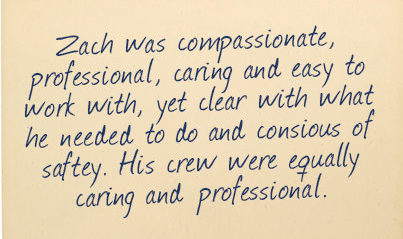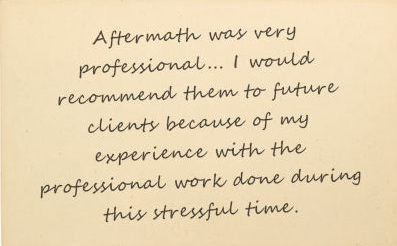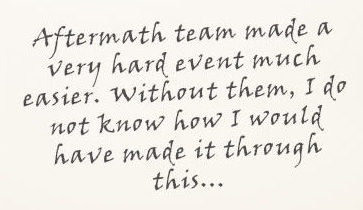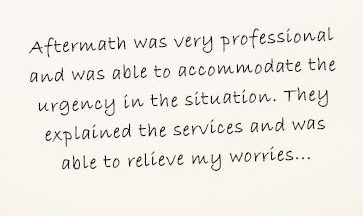2021 Accidental Gun Death Statistics in the US
Updated: February, 2022
Accidental shooting death statistics can be a sobering reminder of mortality, but they are important in promoting prevention measures. For those families dealing with the death of a loved one from an accidental shooting, statistics can seem cold and unfeeling. But it’s important to put these statistics in front of others because they give some perspective on how big an issue accidental shooting deaths really are in the United States.
Updated Statistics For Accidental Gun Deaths
- 492 people unintentionally die by gun in an average year.
- Thus far in 2022, there have been unintentional shootings by over 21 children, resulting in 9 deaths and 13 injuries.
- Accidental gun deaths occur mainly to those under 25 years old. So far in 2022, 209 children (age 0-17) have died by gunshot and an additional 519 were injured. Adolescents are particularly susceptible to accidental shootings due to specific behavioral characteristics associated with adolescence, such as impulsivity, feelings of invincibility, and curiosity about firearms.
- In 2021 there were at least 377 unintentional shootings by children. This resulted in 154 deaths and 242 injuries in the United States.
- In 2021, unintentional shooting deaths accounted for over 4% (2,007) of total gun related deaths (44,912) in the United States.
- Shelter in place orders during the coronavirus pandemic have led to major spikes in accidental shootings at home by children. Unintentional shooting deaths by children increased by nearly one-third comparing incidents in March to December of 2020 to the same months of 2019.
- During the Covid-19 pandemic, there were 3,906 additional firearm deaths and 9,278 additional firearm injuries in 2020 compared to 2019.
- 70% of unintentional shootings by children occur in the home.
- From 2006-2016, almost 6,885 people in the U.S. died from unintentional shootings. In 2016 alone, there were 495 incidents of accidental firearm deaths.
- The majority of people killed in firearm accidents are under age 24, and most of these young people are being shot by someone else, usually someone their own age. The shooter is typically a friend or family member, often an older brother. By contrast, older adults are at a far lower risk of accidental firearm death, and most often are shooting themselves. (source)
A statistically significant association exists between gun availability and the rates of unintentional firearm deaths, homicides, and suicides.
- In the United States, over 4.6 million American children live in homes with at least 1 unloaded, unlocked gun, setting the scene for possible tragedy if firearms are not locked and stored properly.
- As gun sales in the US spiked by 70% in March 2020 when compared to March 2019, accidental shooting deaths by minors spiked by 43%.
- Around 31 percent of accidental deaths caused by firearms might be prevented with child-proof safety locks and loaded chamber indicators.
- A study from 2014 showed that victims of unintentional shootings were three times more likely to live in a household with a firearm.
- A 2001 study found that regardless of age, people are nine times more likely to die from unintentional firearm injuries when they live in states with more guns, relative to states with fewer guns.HOW ARE ACCIDENTAL SHOOTING DEATH NUMBERS RECORDED?
HOW ARE ACCIDENTAL SHOOTING DEATH NUMBERS RECORDED?
The number of deaths due to firearms each year is gathered using death certificates and medical examiner reports. Firearm deaths include homicides, suicides, and accidental shootings. The Centers for Disease Control’s National Center for Health Statistics publishes statistics in a mortality database that includes causes of deaths determined by coroners, medical examiners, and attending physicians.
HOW CAN PROPER GUN SAFETY LOWER THE NUMBER OF ACCIDENTS?
Many Americans keep guns in the home. Some simple precautions may help lower the likelihood of a gun-related accident.
-
A gun should always be treated as though it’s loaded.
People should approach all weapons like they can do harm. No gun should ever be handled carelessly or casually. This means never pointing a gun at a person and always keeping your finger off the trigger.
-
Take a training course to learn to handle a gun.
There are training courses in most cities. In these classes, instructors can help you learn the safest way to store, clean and use a weapon. It’s important to understand the power of a gun and handle it with commensurate care and respect.
-
Always use the right kind of ammunition.
Understanding how a gun works means knowing how to load it and what to load it with. You should always use the proper ammunition for your gun.
-
Don’t rely on the gun’s safety to protect you from harm.
The safety is there to protect against accidents, but you should not rely on it to make the gun safe. Even with the safety on, a weapon should be handled as though it can fire at any time.
-
Keep guns locked up safely.
A gun safe, trigger lock, loaded chamber indicator, and similar safety measures are important. Keeping a gun out of the hands of people who are not trained to operate it is the best way to prevent accidental gun deaths.

AFTERMATH IS HERE FOR ACCIDENTAL SHOOTING SITE REMEDIATION
In the unfortunate and tragic event that someone is accidentally shot and injured or killed, there will likely be a substantial amount of blood that needs to be cleaned up. This cleanup is the responsibility of the property owner, and it comes with risks. Because you never know who is carrying what diseases or if the blood contains bloodborne pathogens, it is a best practice to contact a professional bioremediation company to clean up and disinfect the site of the shooting.
Aftermath is a trauma scene cleanup company that compassionately and discreetly helps grieving families by remediating the site where the accident took place. With almost 20 years of experience, we are an industry leader in bioremediation, and we are here 24 hours a day, 7 days a week to help you. Contact us online or call 877-872-4339.
Related Reading:
———-
Sources:
https://library.med.utah.edu/WebPath/TUTORIAL/GUNS/GUNSTAT.html
https://pediatrics.aappublications.org/content/116/3/e370.full
https://www.cdc.gov/mmwr/preview/mmwrhtml/00017018.htm
https://content.csbs.utah.edu/~rhuef/courses/Notes5321-6321/trauma_article.pdf
https://smartgunlaws.org/gun-deaths-and-injuries-statistics/
https://www.cdc.gov/nchs/fastats/accidental-injury.htm
 (877) 493-1617
(877) 493-1617  Contact Us
Contact Us 















